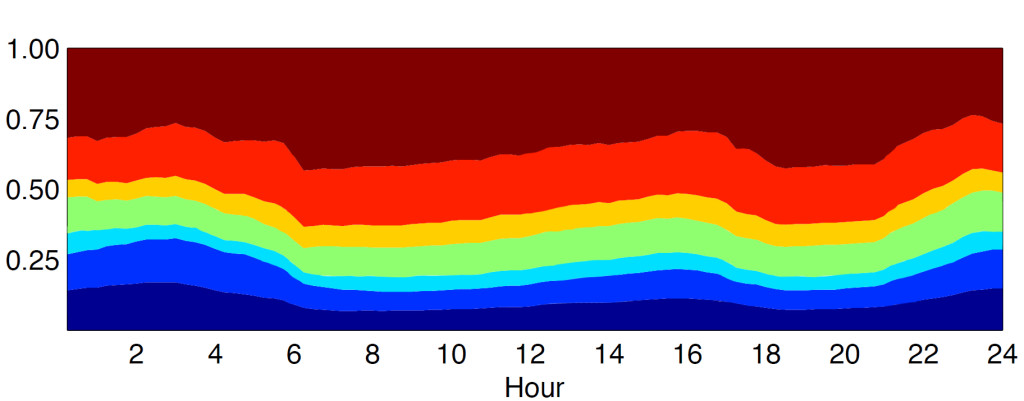New Hydro Paradigm: E Pluribus Unum

How a Series of Hydroelectric Plants Can Operate As One

A new modeling approach for real-time hydropower plant scheduling and operations has potential to optimize hydro generation and balance wind power variability.
Because flows from upriver hydropower plants can affect energy output of downstream plants, coordinated control of multiple facilities in a region can increase their overall efficiency. With EPRI funding, researchers at Carnegie Mellon University developed a model that can operate a group of plants as a unified system, helping maintain stable flows and reservoir elevations and maximizing hydraulic heads.
With historical flow data, the team tested the model on seven dams cascaded along a stretch of the Columbia River in eastern Washington, demonstrating its potential to increase power generation, reduce ramping, and operate the system according to flow mandates.
The larger objective is to use hydropower to balance variable wind generation. For example, if hydropower plants in a region need to suddenly curtail because of wind coming online, the model can help determine how to adjust operation of any or all of the plants, either singly or in varying combinations.

